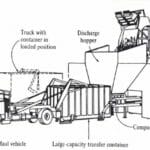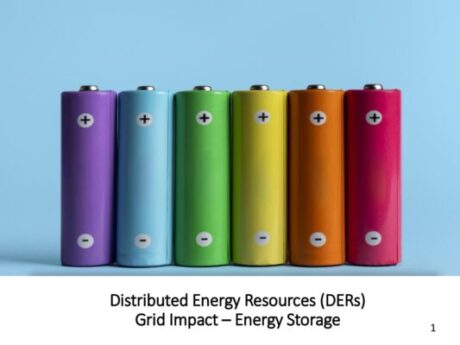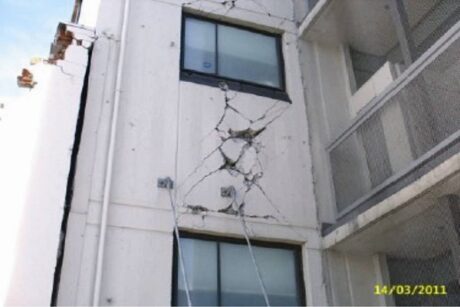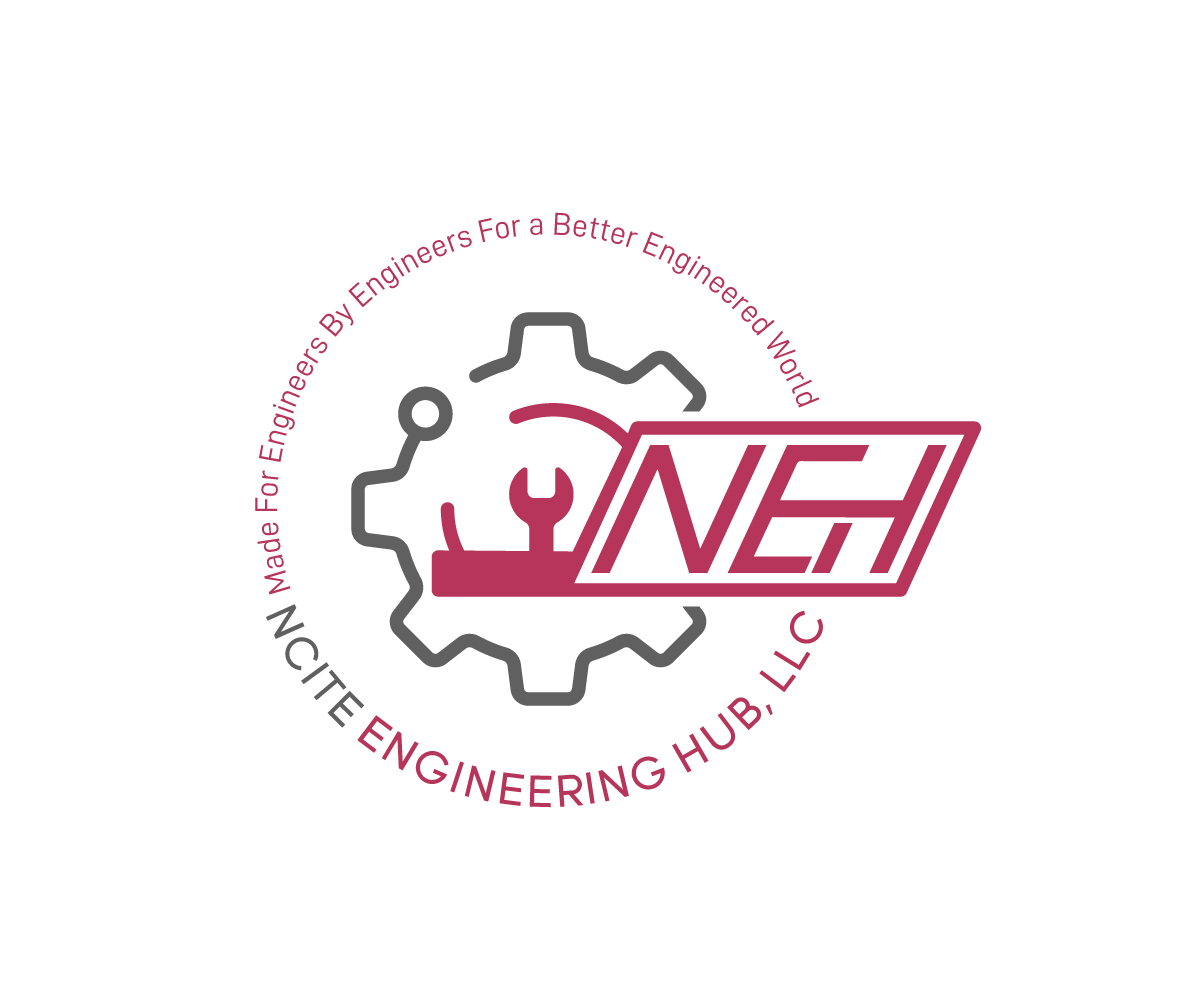- Course No E – 1753
- PDH Units: 5
- Course No E – 1753
- PDH Units: 5
Intended Audience: Civil, Geotechnical, and Environmental Engineers
PDH UNITS: 5
Buildings constructed in coastal areas are subject to natural hazards. The most significant natural hazards that affect the coastlines of the United States and territories can be divided into four general categories: Coastal flooding (including waves), Erosion, High winds, Earthquakes. This course addresses each of these categories, as well as other hazards and environmental effects, but focuses on flooding and erosion. These two hazards are among the least understood and the least discussed in design and construction documents. Designers have numerous resources available that discuss wind and seismic hazards in detail, so they will be dealt with in less detail here. In order to construct buildings to resist these natural hazards and reduce existing buildings’ vulnerability to such hazards, proper planning, siting, design, a construction are critical and require an understanding of the coastal environment, including coastal geology, coastal processes, regional variations in coastline characteristics, and coastal sediment budgets. Intended Audience: This course is intended for Coastal, Geotechnical, Civil, Environmental, Water Resources, and other engineers whose job description requires a comprehensive knowledge of coastal construction topics. Publication Source: US FEMA
Learning Objectives
-
- Coastline Characteristics
- Coastal Storm Events
- Coastal Hazards, Other Hazards and Environmental Effects
- Subsidence and Uplift
- Salt Spray and Moisture
- Sea and Lake Level Rise
- Rain, Hail,Snow, Wildfire
- Floating and Atmospheric Ice
- Hydrostatic and Hydrodynamic Forces
- Waves and Floodborne Debris
- Describing, Measuring, and Causes of Erosion
- Erosion Near Tidal Inlets, Harbor, Bay, and River Entrances
- Erosion Due to Manmade Structures and Human Activities
- Effects of Alteration of Vegetation, Drainage, or Groundwater
- Long Term Erosion, Localized Scour
- Overwash and Sediment Burial
- Landslides and Ground Failures
- NFIP Flood Hazard Zones, Base Flood Elevations
- FIRMs, DFIRMs, and FISs
- Wave Heights and Wave Crest Elevations
- Wave Runup, Primary Frontal Dunes
- Erosion Considerations and Flood Hazard Mapping
- Flood Hazard Assessments for Design Purposes
- Levees and Levee Protection
- Updating or Revising Flood Hazard Assessments
Once completed, your order and certificate of completion will be available in your profile when you’re logged in to the site.
Ethics Courses

E – 1896 Engineering Ethics: “Hold Safety Paramount” to Prevent Loss of Life, and the Case of Challenger Shuttle Disasterby Dr. Abolhassan Astaneh-Asl, Professor Emeritus. Ph.D., PE

E – 2040 Engineering Ethics: “Hold Safety Paramount” to Prevent Loss of Life – the Case of the Ford Pinto Firesby Dr. Abolhassan Astaneh-Asl, Professor Emeritus. Ph.D., PE










